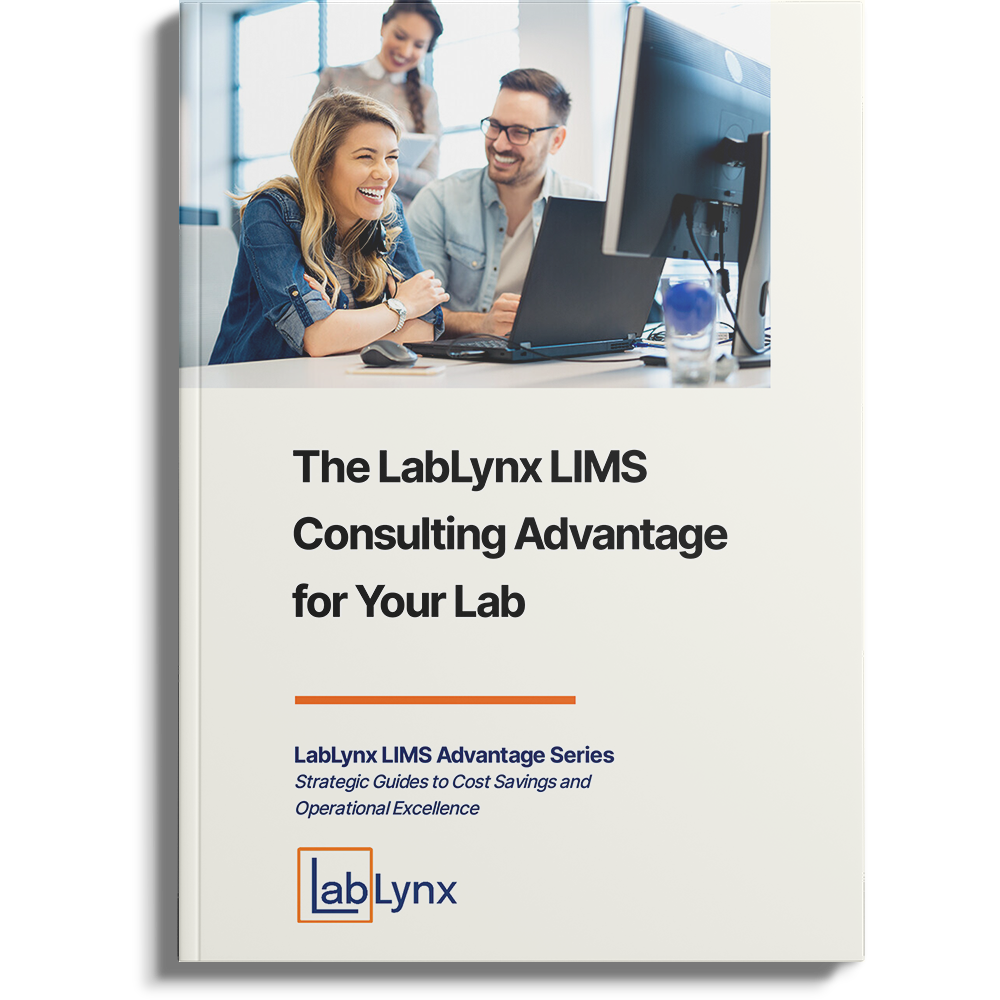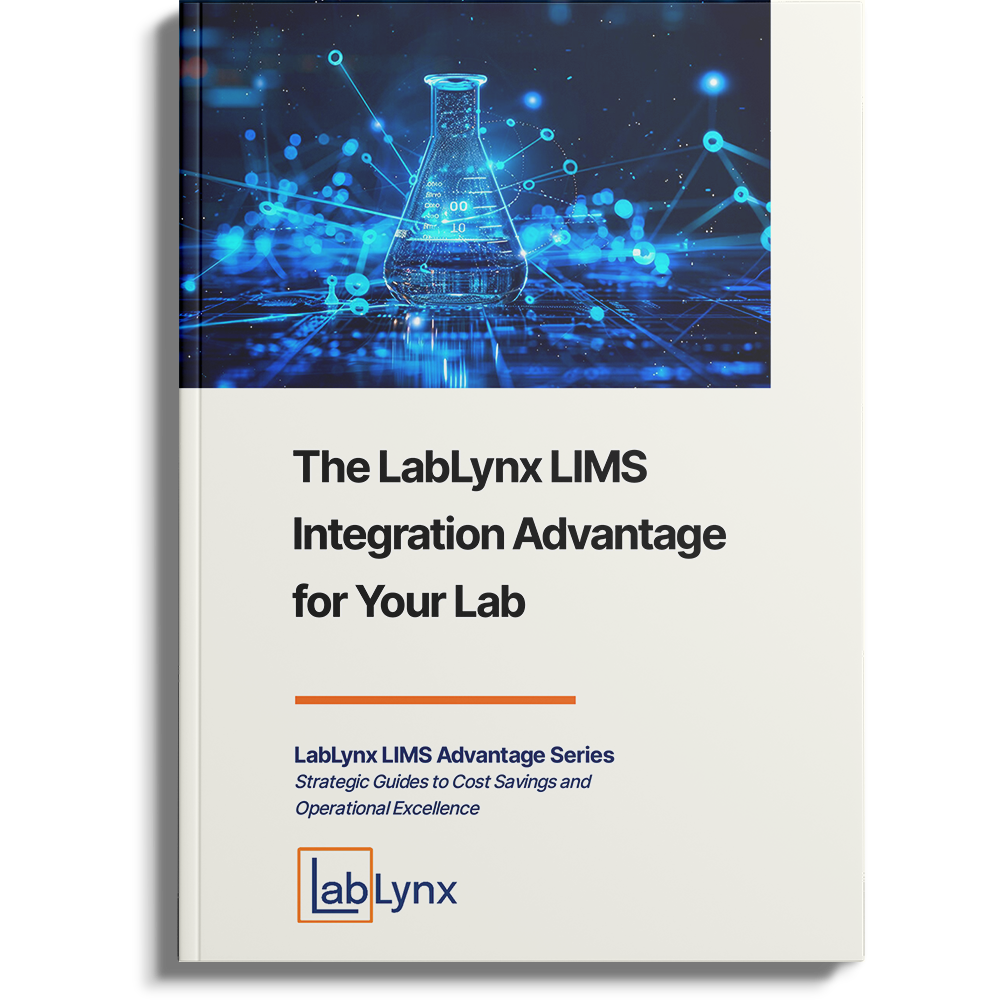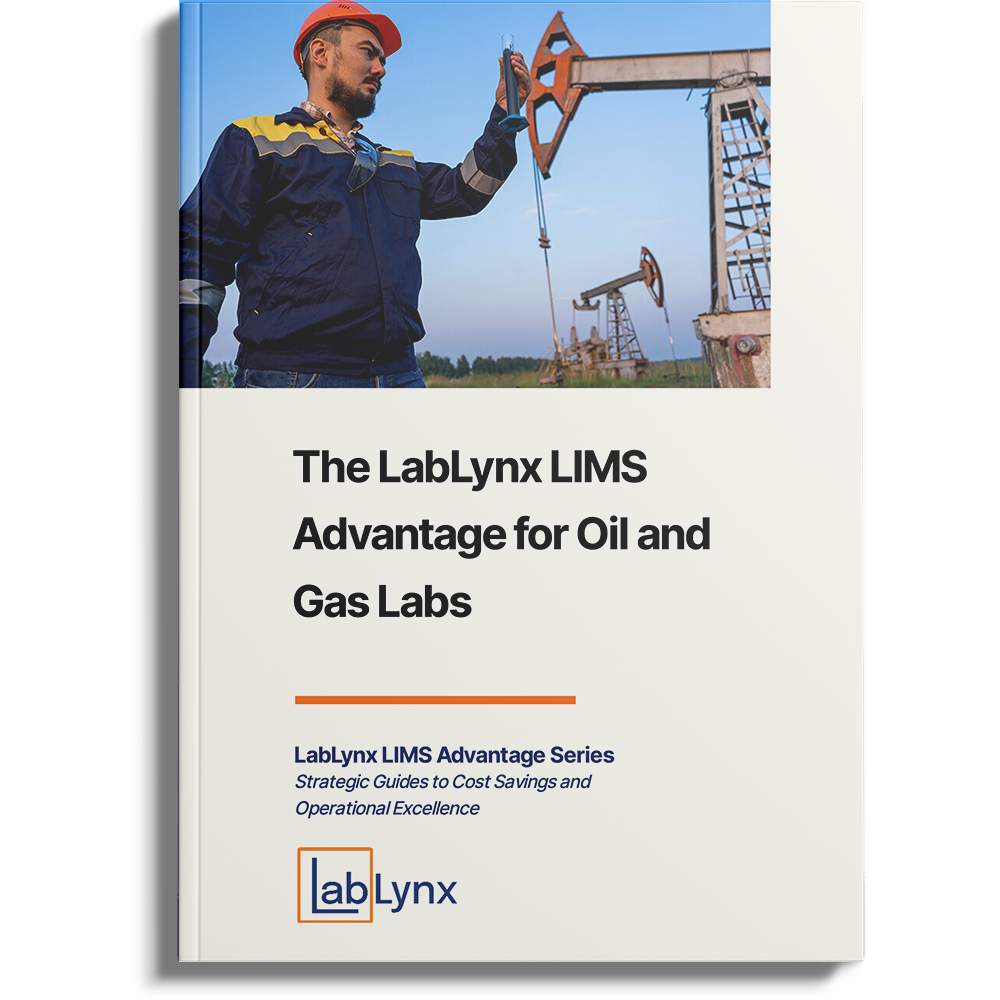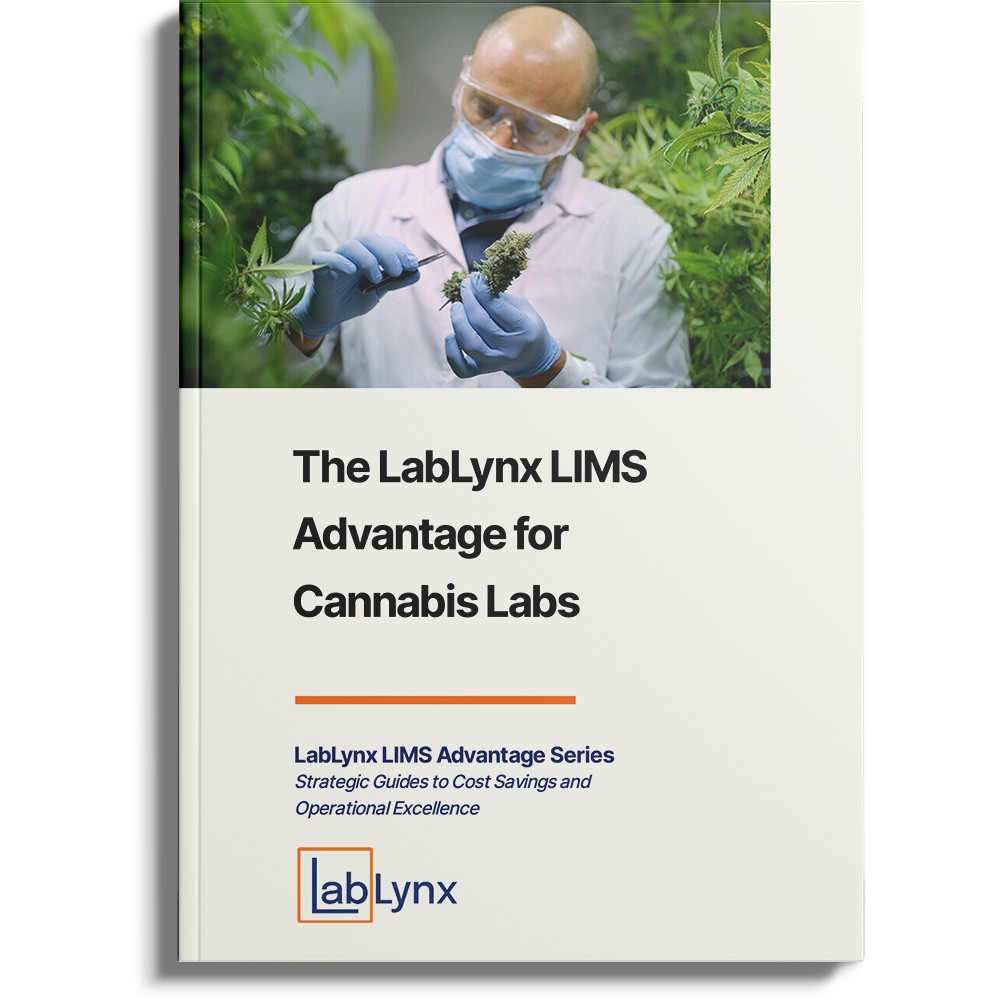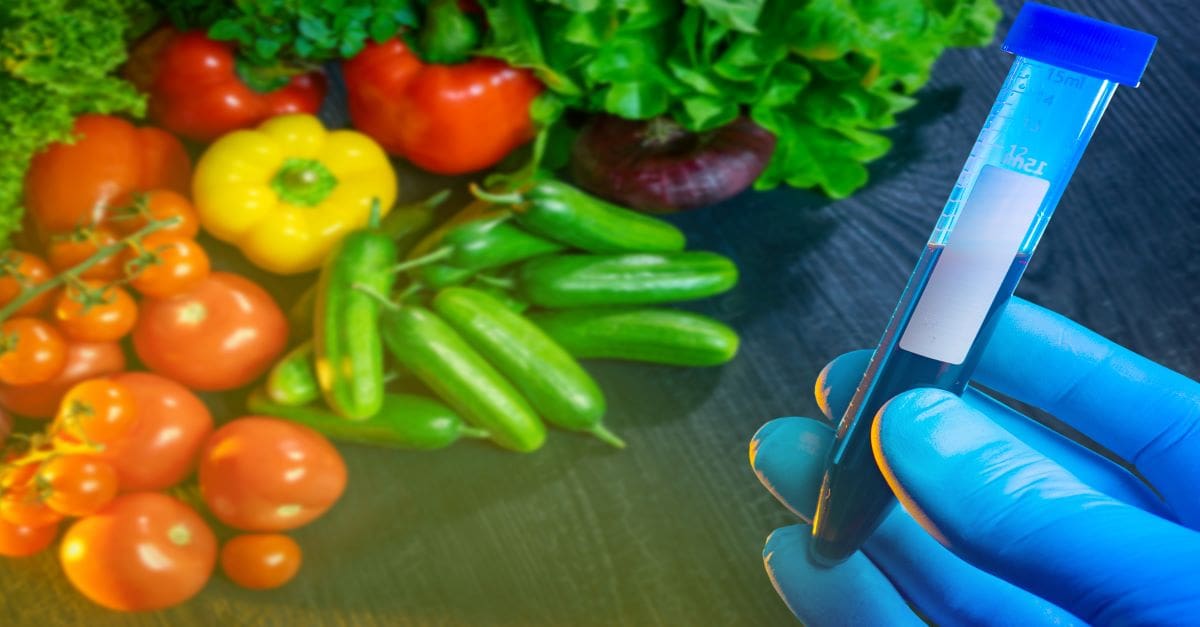
In the twenty-first century, ensuring food and water security remains one of humanity’s most critical jobs, especially in light of mounting worries about the adverse effects of climate change. Many segments of the global population face the dismal reality of inadequate food supplies, constrained access to clean water, and hunger if food and water security are not continuously prioritized. This includes all of the quality and safety guarantees that go along with it.
Our ability to guarantee the security and safety of food and beverages has significantly advanced, compared to earlier generations, with the plethora of technological advancements readily available to us in 2022. Controlling the quality of food and beverages is crucial to assure the safety and quality of the things society consumes and uses daily. To improve food and beverage quality management, it is essential to test edible items for pollutants and create innovative production techniques. Researchers spend their time developing the best methods for providing consumers with safe, high-quality food items in a food and beverage laboratory.
Special considerations for food and beverage labs
Food and beverage laboratories conduct various types of testing, including materials analysis and identification, contaminant identification, and ingredient cross-contamination, as well as off-color, off-flavor, and off-odor analysis and identification. Products like fruits, vegetables, meats, dairy, cereals, nuts, oils, vitamins, and more are examined at the food and beverage lab to ensure quality and non-contamination of consumables.
A food and beverage laboratory employs highly skilled chemists with competence in food packaging testing, materials identification, and physical contamination testing. They have received training in the use of sophisticated lab tools to help with complex food testing problems and remain directly involved with the overall product quality.
Food quality control
In the food and beverage manufacturing and distribution industries, quality control and assurance systems are essential to food choice, preparation, packing, and preservation. The methods used to better ensure food safety and quality can vary, but they frequently use techniques from a variety of industries, including biotechnology, microbiology, and analytical chemistry.
These testing techniques can be used to check for flaws and inconsistencies and ensure that food sources are free of potentially dangerous bacteria and substances. Testing also ensures that the final goods comply with applicable laws, regulations, and business/industry standards.
Food testing and quality control are essential and coveted for a healthy and thriving society to function and create new and innovative products. Through lab testing in food environments, many innovations have been made regarding vegan products, as well as a wealth of other specialty foods.
The value of informatics in these labs
Regulations like those used for pharmaceuticals are increasingly being applied to laboratories in the food and beverage sector. In the United States, foodstuff must now be traced during production and delivery, per regulatory agencies like the Food and Drug Administration (FDA). In turn, this is pushing an industry that was formerly run by manual methods to adopt informatics tools such as laboratory information management systems (LIMS). Today, an appropriate LIMS is imperative to ensure accuracy and control within a laboratory environment.
Laboratory information management systems
Any environment for processing food and beverages that aims to be effective and secure must have real-time access to data and data centralization. Due to pressure from lawmakers, regulators, and business partners for data traceability, access, and accountability, the manual pen-and-paper methods that were once commonly utilized in the sector to keep track of incoming, exiting, and internal operating data must now be replaced. Undoubtedly, the need for security and immediate data access is pressing for the food and beverage industry, with the expense of change, centralization, and optimization in the complex world of food production being of particular concern.
This has led to software vendors using a variety of platforms to recognize the benefits of collaborating with the food and beverage industry to develop LIMS and other informatics solutions with functionality and capabilities in line with those required to make food safety, food quality, and production more seamless. This is due to technological advancements and market shifts influenced in part by the exponential growth the food and beverage processing industry has enjoyed for the past 10 years.
Informatics and quality management
The capacity to track quality throughout the production process is crucial to the successful deployment of a quality management system. In small- and medium-sized businesses, the central instructions often come from manual processes that are difficult to track. However, the quality department can automate all data collected through the use of LIMS technology, from testing to delivering the records of proof needed for regulatory compliance. This can be done in multiple languages, in accordance with good laboratory practices (GLP) [1], and be centralized in a way that enables the automatic and multi-level release of information in real time.
A food and beverage testing lab’s primary responsibility is to make sure that all products that are issued to the public are up to the standards set by the FDA and other regulatory agencies for food and beverages. These labs are responsible for making sure the final product is created under stringent safety and hygienic guidelines and is safe for consumption, from product development onward. The identification of potentially hazardous agents, such as chemicals and pathogens, as well as the assurance of sample traceability throughout the whole production cycle, including processing and packaging, are two important testing objectives for food and beverage manufacturing laboratories. Both of these objectives can be realized easier with the aid of a well-designed LIMS.
How LabLynx fits in
LabLynx offers LIMS software solutions crafted to meet the needs of your food and beverage laboratory. LabLynx’s extensive portfolio of offerings can adapt to support your workflows. To give you a platform that is exclusively yours, LabLynx created LIMS software to adapt to the various laboratory processes unique to your lab.
LabLynx also understands the challenges to maintain regulatory compliance in the food and beverage laboratory. With the LabLynx ELab LIMS, you can accommodate the unique documentation and process requirements of your lab with features like chain-of-custody monitoring, maintenance history tracking, calibration history tracking, secure data protocols, and more. Of course, the LabLynx ELab LIMS is also compliant with the FDA, GLP, Good Automated Laboratory Practices (GALP), ISO 17025, 21 CFR Part 11, 40 CFR 3, and more.

